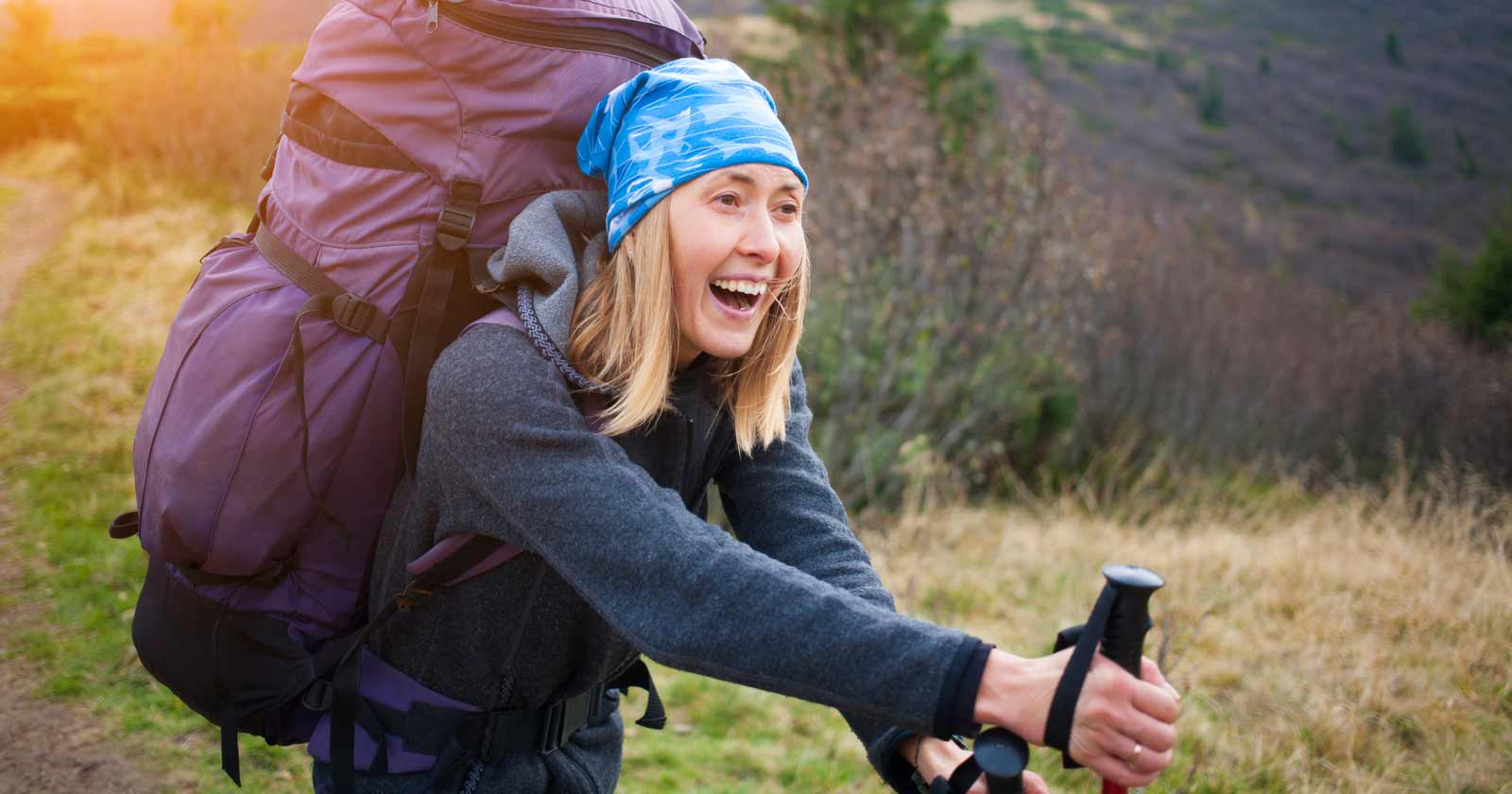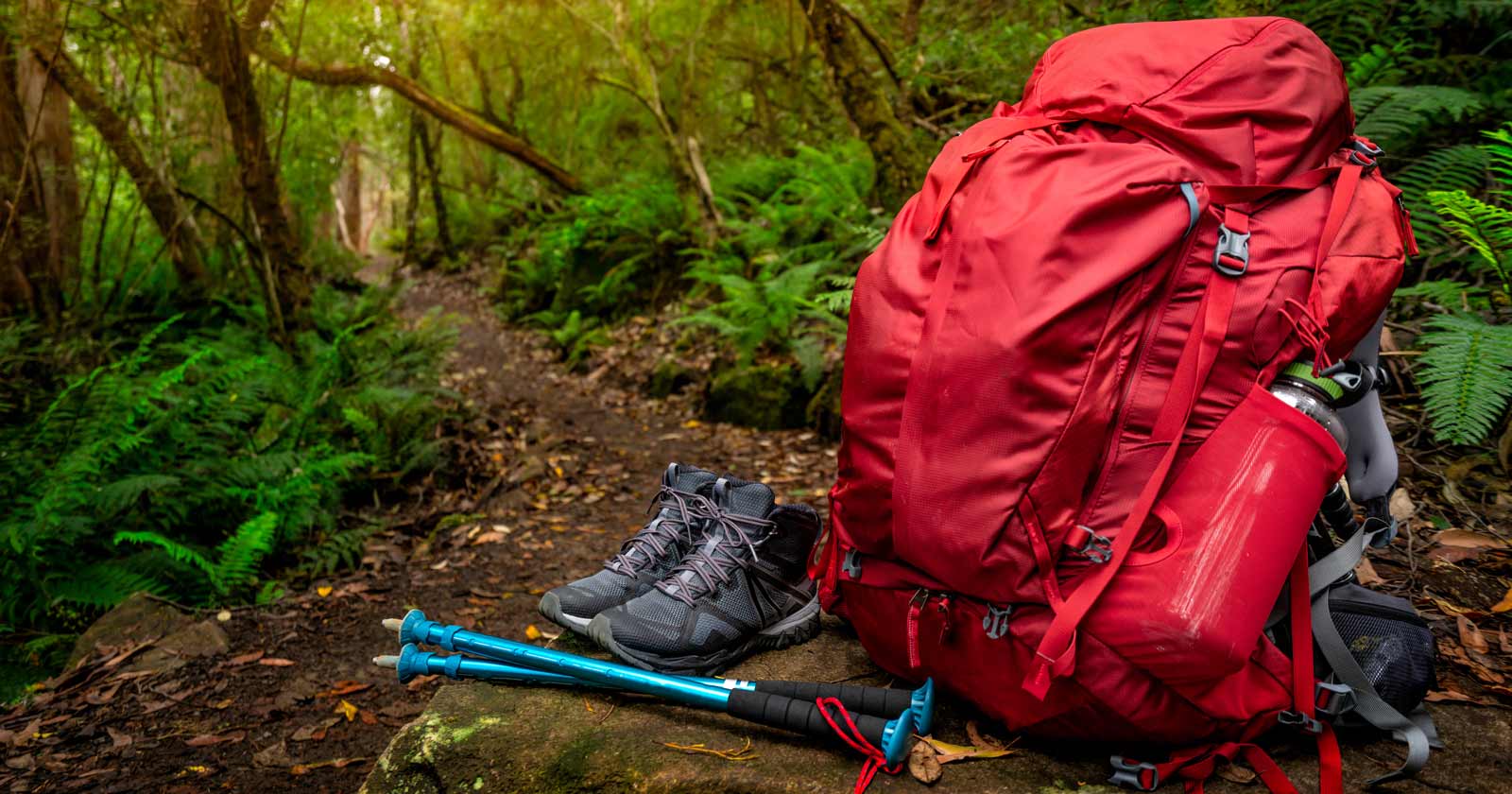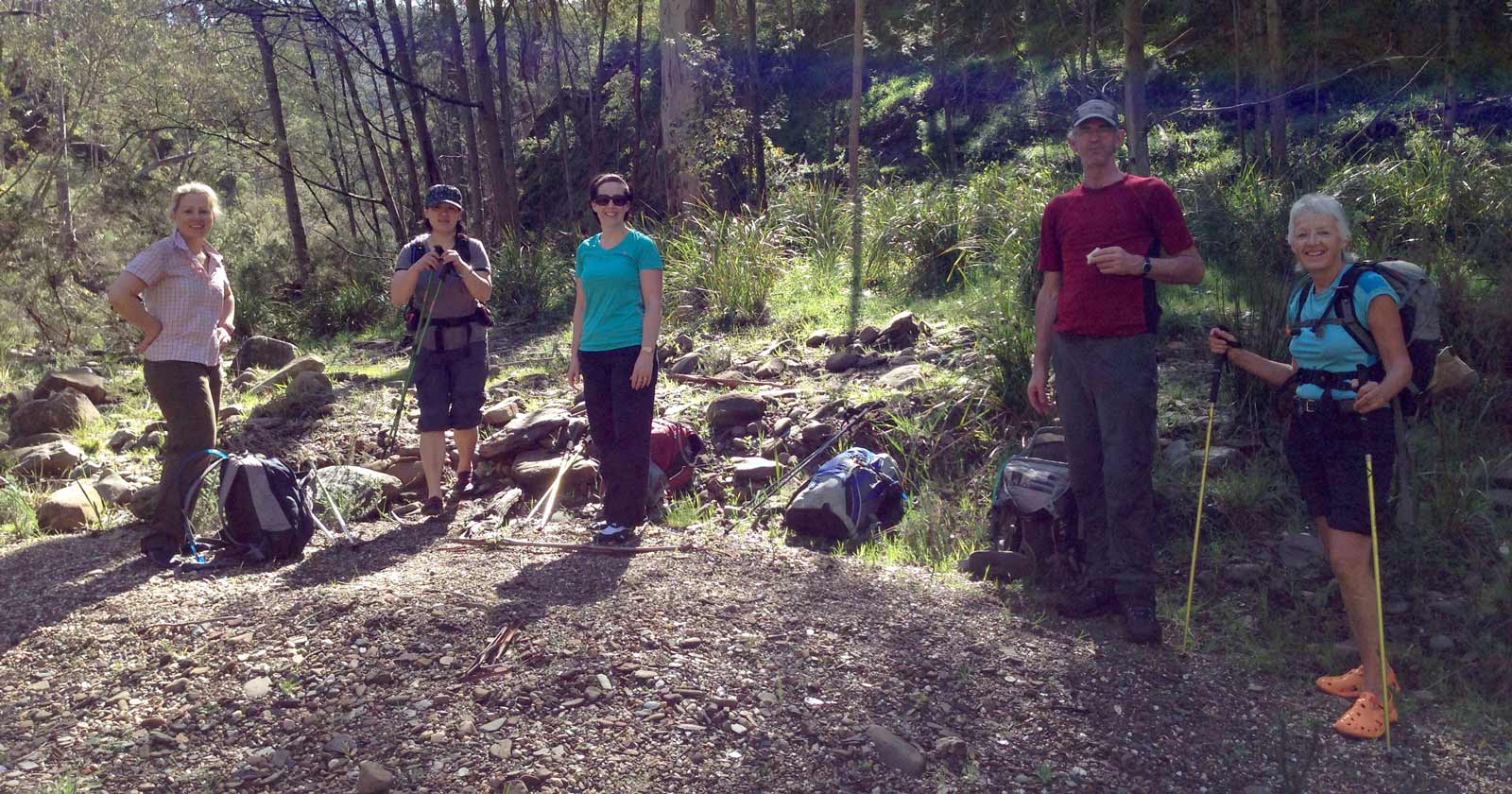What is hiking trail etiquette?
Following a few interesting experiences on the trail, I came to realise that a lot of people are either are not aware of or have forgotten correct trail etiquette. With so many of us on the trail these days, it is important that we can share the outdoors in a friendly and understanding manner.
In isolated hiking destinations, you may be fortunate enough to find yourself completely alone. However, on some hikes, particularly the popular trails, you will meet other hikers, mountain bike riders, horses and people hiking with their dogs. Courtesy, trail etiquette and above all, common sense, will make these encounters safe and a lot more enjoyable.
Here are a few tips every hiker should keep in mind
1. Hike Quietly
Hike quietly. Speak in low voices and turn your cell phone down if not off. Enjoy the sounds of nature and let others do the same. There is such a thing as noise pollution and someone who wants to engage in constant chatter is simply being disrespectful to others. If you want to talk all day about topics that interest you why not go to the pub instead?
2. Give Way to Uphill Traffic
Always yield to uphill traffic. If you’ve ever been plodding up a hill at a nice steady pace only to be run into by someone in a hurry to get down, then you understand the logic behind this. Going uphill is hard work, and changing your pace for someone racing down towards you can ruin your momentum. This is why people traveling uphill have the right of way. Of course, some hikers (like me) welcome any opportunity to stop and rest and we will often signal for downhill hikers to pass us. This happens a lot, just remember that it’s up to the person going uphill to make the call.
3. Stay to the Left, Pass on the Right
If someone is hiking faster than you, just let them pass. Don’t try to walk faster, then slow down, then walk faster, and so on. If you’re the one hiking faster, don’t hike on someone’s heels. Wait for an appropriate spot to pass and politely excuse yourself past them.
The trail is a lot like the road in this respect. Keep to the left side of the trail when you are being passed and overtake on the right.
If you want to pass someone from behind, get their attention by calling out ‘I’m on your right.’ You don’t need to be overly formal or gruff, and a friendly, “Hi there, can I pass you?” works just as well.
4. Leave No Trace
This rule can be observed in a number of ways.
- The most obvious way is to clean up after yourself and pack out anything that you brought in. Even things like banana peels and apple cores can take quite a while to decompose and they don’t improve the scenery one bit.
- This goes for dogs too. If you’re unwilling to clean up after your dog, then don’t take it out. No one wants to step in your dog’s little presents on the sidewalk, and the trail is no different.
- Another way to leave no trace is to stay on the trail. You don’t need to prove your hiking prowess by cutting across switchbacks on your way up or down a hill. This can damage fragile plants, erode trails, and loosen rocks and boulders that may injure you or people below you.
- Leave what you find. The only souvenirs a hiker should come home with are photographs and happy memories — and improved mental health and fitness!
- When toileting in the outdoors, please do so 50 metres from the trail and 100m any water sources. Follow Leave No Trace principles when doing so.
- If the trail is muddy or wet, walk through mud or the puddle and not around it, unless you can do so without going off-trail. Widening a trail be going around puddles is not good for trail sustainability. I have seen a lot of trails that are at least 3m wide in places due to hikers walking further and further around the swampy ground.
Learn more about the seven principles of Leave No Trace.
5. Stay on the Trail
It is important to move off the trail for views and breaks. When hiking in wilderness areas, it is important to protect the trails and stop the spread of disease. In other words, don’t take short cuts. This seems to occur most often on switchbacks, but is important at all points of the trail. This type of occurrence, not only damages the natural habitat of the newly traveled area; it can also become a safety hazard to other hikers where an unmaintained area can result in falls, twisted ankles, or unwelcome run-ins with animals and plant life.
6. Horses, Trail Runners, Hikers, and Bikers
When considering points 1 and 2, common sense suggests there’s a hierarchy on the trail. Horses have priority, followed by trail runners, hikers and then bikers. It’s pretty simple to remember and makes encounters much more pleasant when everyone knows who gets to go first. Always check to see what other kinds of travelers will be sharing the trail with you before you start. If horses or bikes are allowed, then be mentally prepared to encounter them.
When being passed by horses, it is important to step off the trail, on the downhill side if possible. This helps in two ways: it will help keep from startling the horses, and it will keep you from getting run over if they do get spooked. Horses are prey animals, and as such they are always on guard for threats from predators. Standing uphill from a horse may give it the impression that you are larger and more threatening than you actually are. So always try to stay downhill and stay relaxed. Talking to the rider also helps the horse know that you’re a human and not some mountain lion lying in wait. Horses also tend to bolt uphill when they are startled, so staying out of the way will keep you from getting squished.
7. Hiking With Your Dog
When hiking with your dog, the basic principle of trail etiquette is respect for others and for nature. That means – if dogs off-leash are not allowed, respect it. If it is allowed, do it only if you are confident your dog knows how to respect commands such as “come” and “stay”. Respecting the trail also means leaving no trace: and this includes your dog’s poop.
8. Tech on the Trail
The increase in the use of technology in our daily lives has led to a proportional increase in its use in the outdoors, so a few courtesies should be taken. For many, hiking is a chance to experience a little bit of solitude. While it is advantageous to have a phone with you in case of emergency, having full on conversations while on the trail can be distracting and annoying to fellow hikers. Keep a fully charged phone with you for safety reasons, but keep it on silent, and use it to snap some great photos that you can look back on later.
9. Be Friendly and Have Fun
Your fellow hikers are out to have a good time just like you are, and a friendly “gday” or “hello” can go a long way toward fostering a positive atmosphere among everyone on the trail.
Author: Darren Edwards – Trail Hiking Australia






Also, give way to those coming uphill (if you’re moving downhill) as momentum is easier to regain moving down.
Agree completely, as mentioned in point 2 of the post